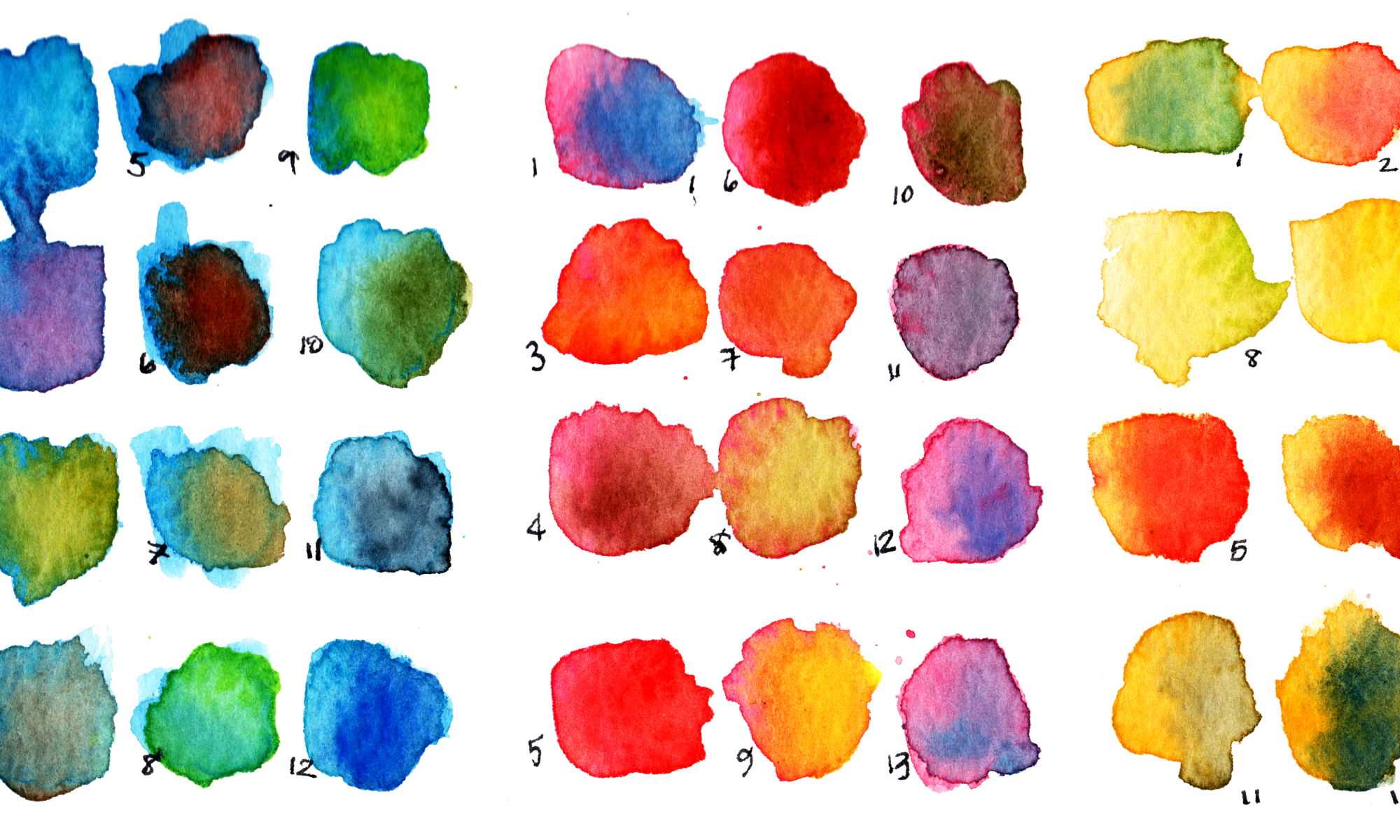This collection supports you if you are (1) looking for evidence-based support for integrating drawing into your science field or lab course, (2) aiming to enhance your efforts to inclusively share science, (3) hoping to find some tips based in the actual techniques artists use to sketch. You’ll also find a collection of career advice, and more.
If you are looking for customized coaching or training, contact me directly to discuss.
BOOKS
Coming in 2024! – Helping Students Write in the Sciences: Strategies for Efficient and Effective Mentoring of Developing Writers. B.G. Merkle and S. Heard. University of Chicago Press. Details here.
Invited book chapter on planning science communication projects in Teaching Science Students to Communicate: A Practical Guide. S. Rowland and L. Kuchel, eds. 2023. Springer. Pre-order link.
Writing @ 7200 Feet: First-Year College Composition and Rhetoric—Or a Beginner’s Guide to Composing Academic, Civic, and Multimodal Genres. K. Kinney, B.G. Merkle, and S.C. Vélez, eds. 2016. Hayden McNeil: Plymouth, MI.
Wild Migrations: Atlas of Wyoming’s Ungulates. M.J. Kauffman, J. E. Meacham, H. Sawyer, A.Y. Steingisser, W.J. Rudd, and E. Ostlind. Illustrated by B.G. Merkle and E. Rahel. 2018. Oregon State University Press.
And Then There Were None: The Demise of Desert Bighorn Sheep in the Pusch Ridge Wilderness. P. Krausman. Illustrated by B.G. Merkle. 2017 New Mexico State University Press: Albuquerque, NM.
RESOURCE & ADVICE COLLECTIONS
Science communication advice
This collection highlights my advice about inclusive scicomm, much of which has been published in outlets beyond this blog.
You can also tap into my current inclusive scicomm advice through Meteor: The honest podcast about scicomm with impact, which I co-founded in 2021 with Virginia Schutte.
Career advice
This collection of blog posts includes a cover letter template (and pep talk), scicomm life advice, how to be more creative in science and scicomm, and more.
Sketching tips
This collection of blog posts and excerpts from my SciArt newsletter archive provide actionable, hands-on tips and resources for enhancing your approach to observational sketching.
Teaching resources (all age levels)
This collection emphasizes advice, tips, and resources which can be leveraged in classrooms. The collection includes recommendations for good practices in inclusive scicomm, art-science integration, and more.
GUIDES
The following guides are detailed, actionable, evidence-based tools to boost your efficacy and confidence in inclusive scicomm and art-science integration.
Integrating drawing into university-level courses

Read my commentary in Nature for the cliff notes, or dive into the full-length, peer-reviewed guide here.
Using images: A best practices primer

Use this series to enhance your #scicomm and #sciart while avoiding committing #visualplagiarism. This Image Use Primer series lays out tips and best practices for sourcing and using images (which are, by their nature, visual intellectual property protected by copyrights).
Pocket guide to sketching and field journal basics

Enhance your observation and sketching ability with the pro-level, fun, and whacky techniques in this quick guide.

